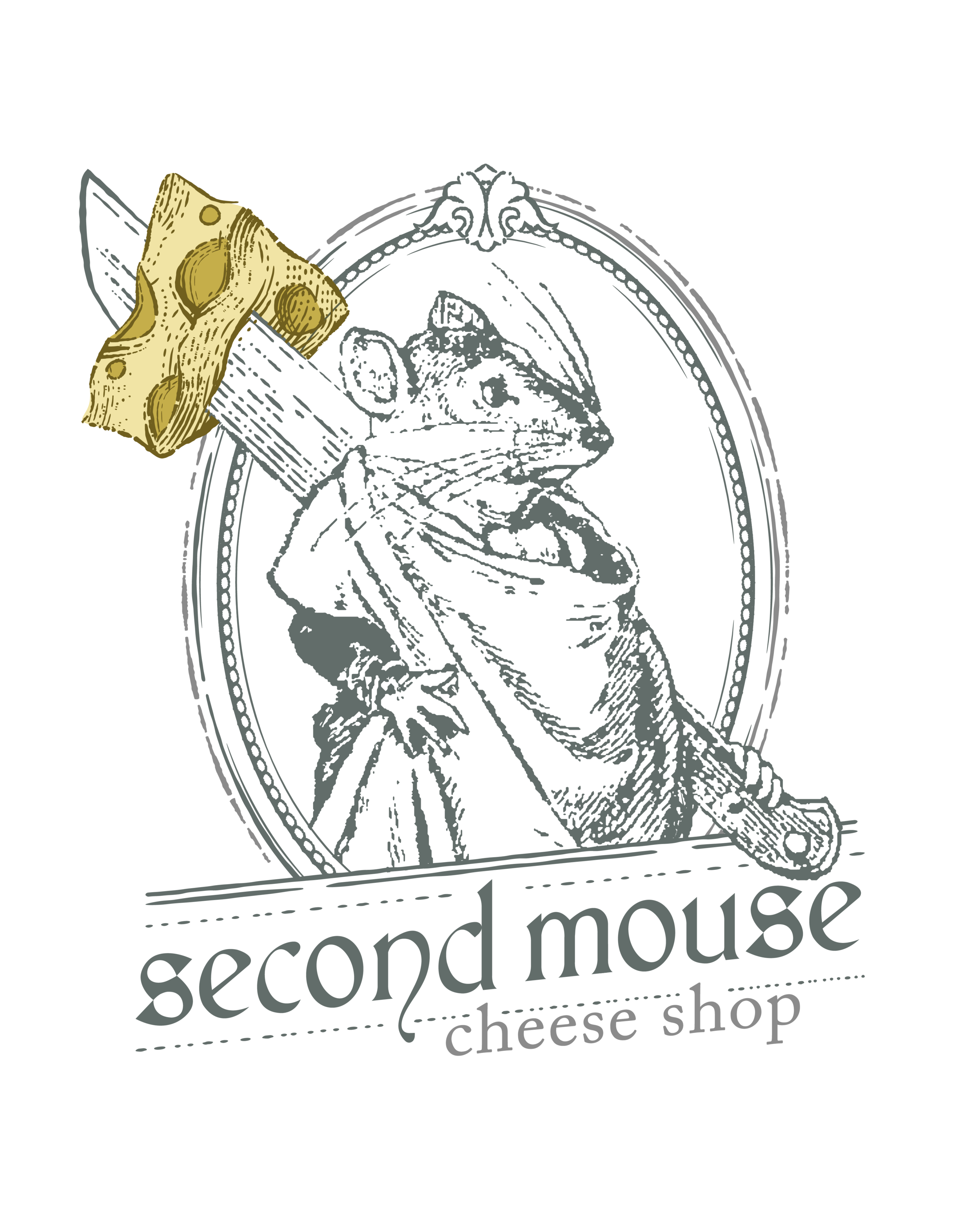“Throughout millennia, microbes evolved, adapted, and thrived as the bases of traditional cheeses—until the acceptance of germ theory in the 1850s prompted a deeper investigation into the microbial world. In dairy, the result was twofold: A push was made to pasteurize milk in order to free it of potentially pathogenic microbes; at the same time, because cheese could not be made without microbes, commercially derived cultures were developed that could be added to milk for cheese manufacturing.
Today most cheesemakers use commercial cultures. The small number of biotech companies producing these freeze-dried microbes control much of the propagation and distribution of what has become a vital single-use ingredient—and some argue that this tramples diversity…. Despite more than a century of homogenization, a small number of cheesemakers are pushing back, taking the time and effort to foster native microbes and increase biodiversity. “ - Perry, Tom. “Cheese IQ: Going Native.” Culture Magazine. March 4, 2019
Join Tom Perry, Daphne Zepos Teaching Award Recipient, Cheese Scholar, Maker, Educator, Monger, and all around wonderful guy, to learn why some cheesemakers are taking things back, down & dirty. What do native cultures mean to us? Does rejecting food constructs mean we’re doing something right? Can we taste, feel, digest different? And what wine goes best with microbes?
10% of all ticket sales goes to the Daphne Zepos Teaching Award.
